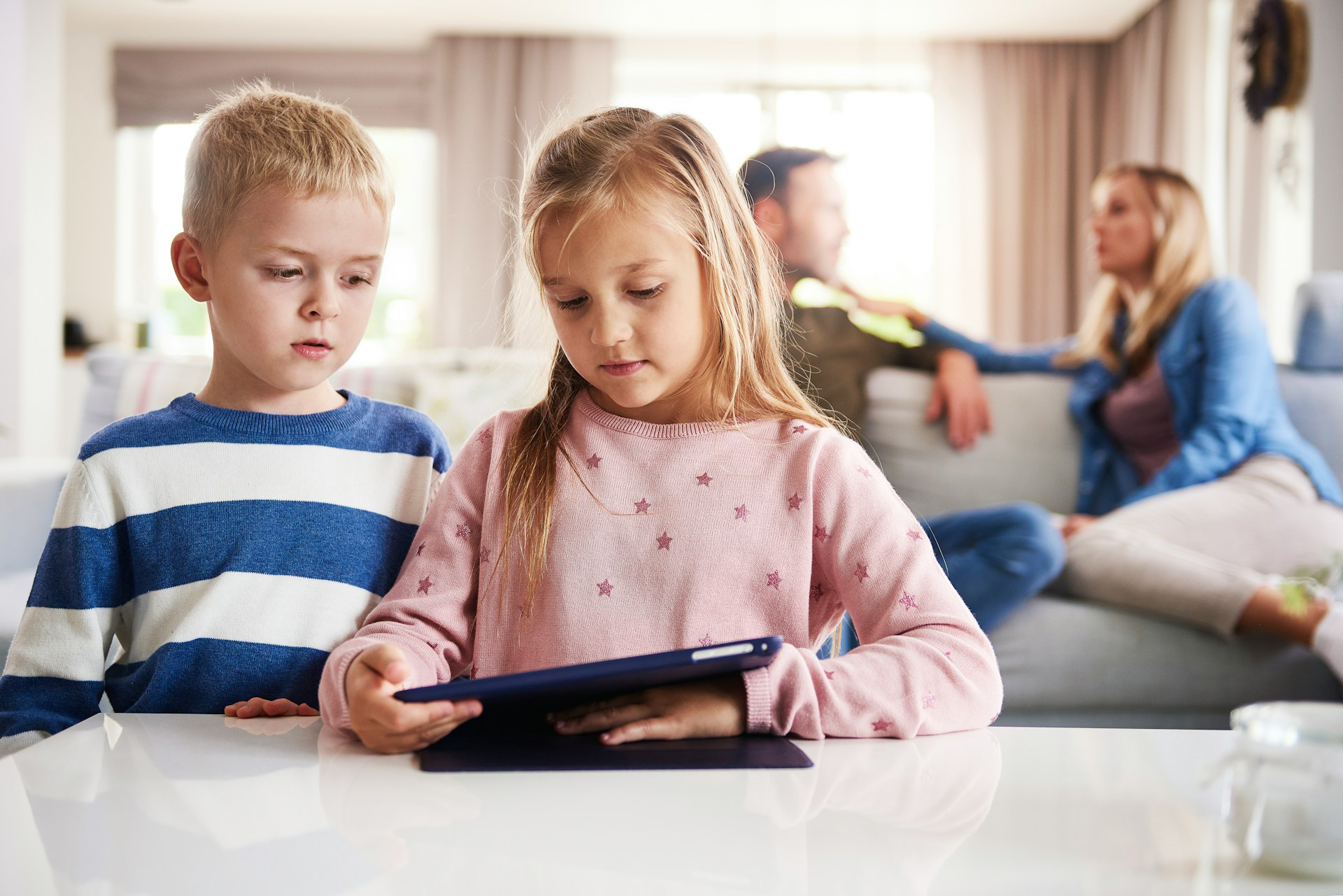
Exercise to learn numbers at school
Learn numbers easily with our printable worksheets and fun exercises: a gradual approach to mastering math basics at school or at home.
Learn numbers at school with simple exercises
Even before learning to calculate, children start by discovering numbers. This fundamental concept runs throughout the entire elementary math curriculum. It is used to count, compare, structure logical thinking, and lay the groundwork for all future operations.
At myBlee Math, we guide students through this discovery with simple exercises, printable worksheets, and interactive activities designed to make math tangible and accessible from an early age. Our progressive approach allows each child to move at their own pace while reinforcing what they’ve learned in class.
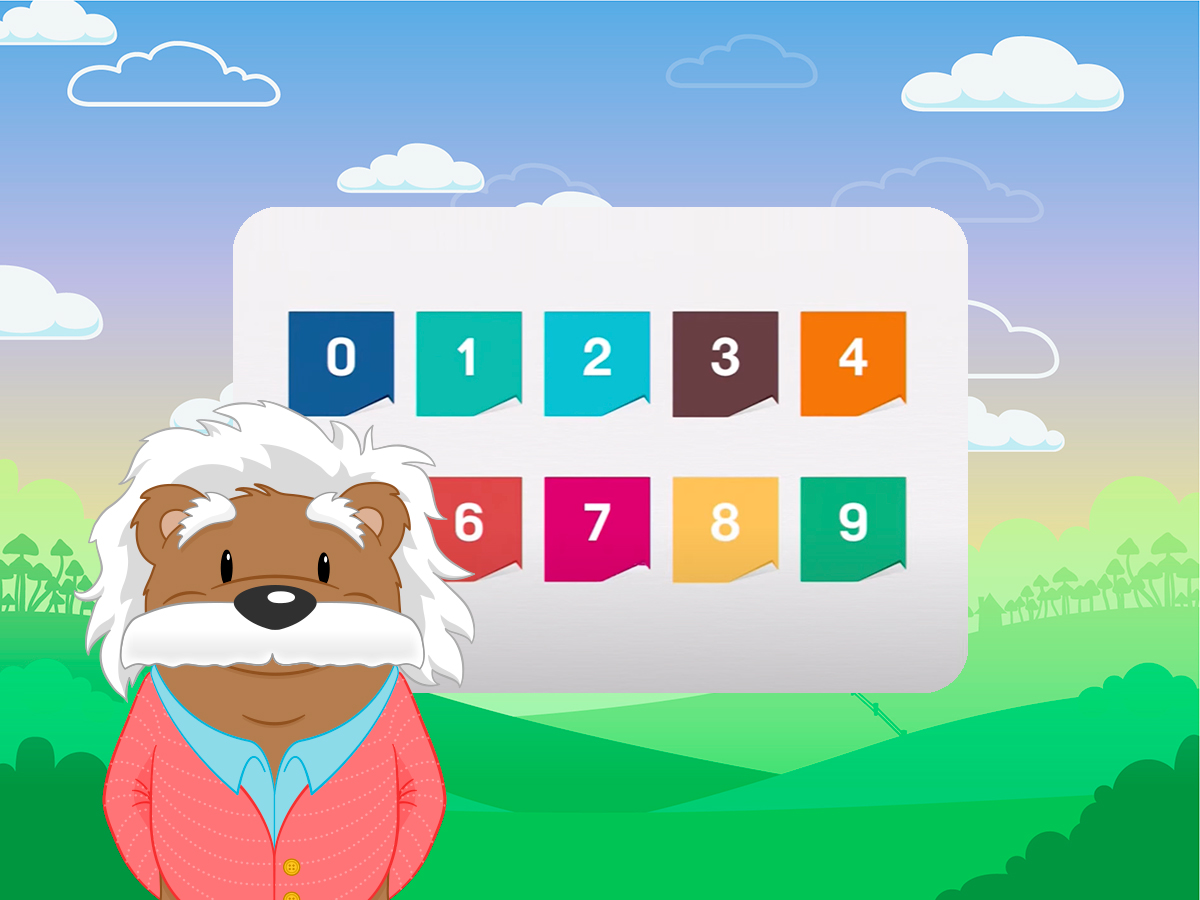
Numbers, an essential concept from kindergarten
The discovery of numbers starts very early, often well before grade 1. In kindergarten, children learn to recognize digits, count out loud, and match quantities to symbols. They gradually understand that each number represents a specific quantity and that there’s a logical sequence: 1, 2, 3, 4...
This early exposure is essential because it helps students grasp the meaning of counting, order, and quantity. Through repetition, hands-on activities, and playful tasks with objects or pictures, children build a strong foundation in this concept.
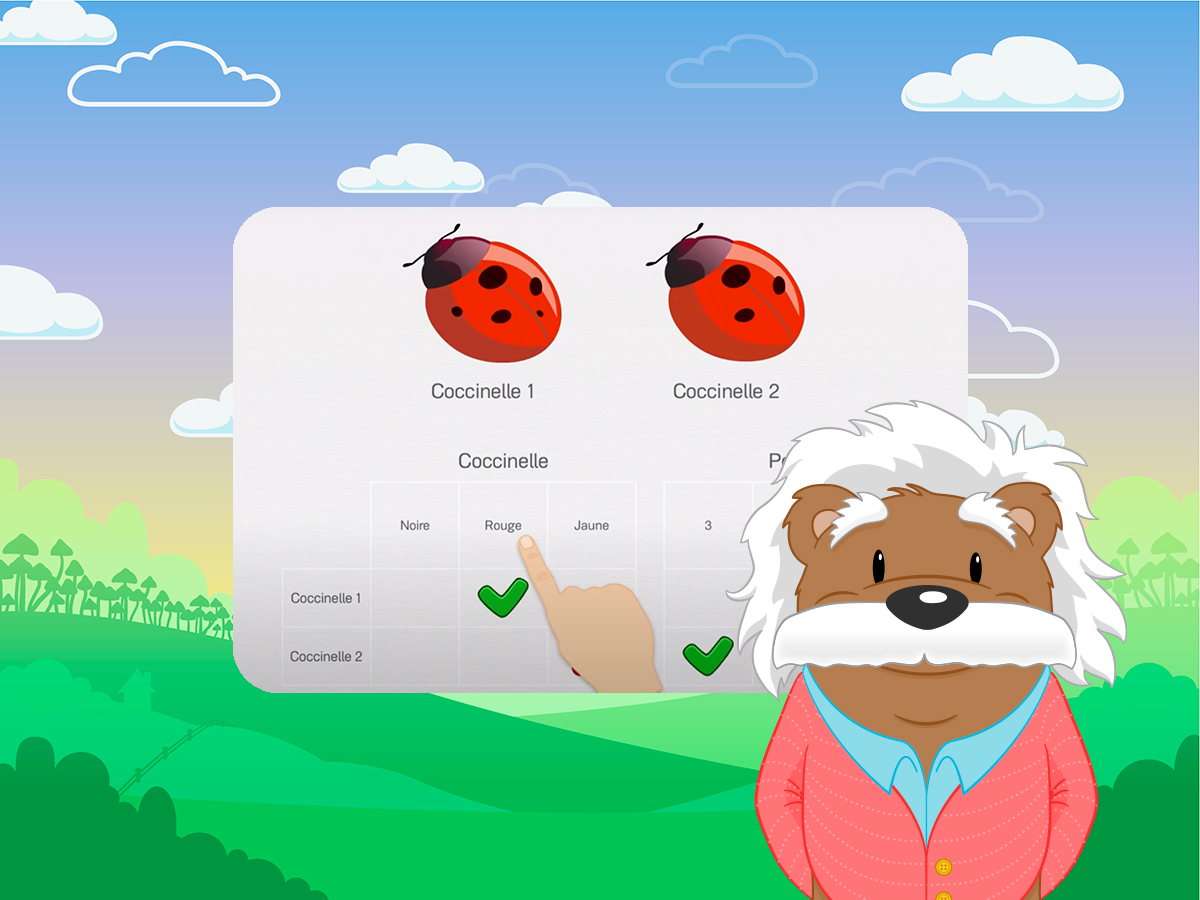
Working with numbers using adapted exercises
Through our printable worksheets, children learn to identify numbers, write them correctly, order them in ascending or descending order, and match a number to a set of objects. These exercises are designed to be progressive: students start with numbers up to 10, then 20, 50, and finally 100 and beyond.
Instructions are clear and visual, allowing great independence. At the same time, our myBlee Math math app offers interactive activities that reinforce learning: counting items, completing a number sequence, correcting an error, or finding the missing number.
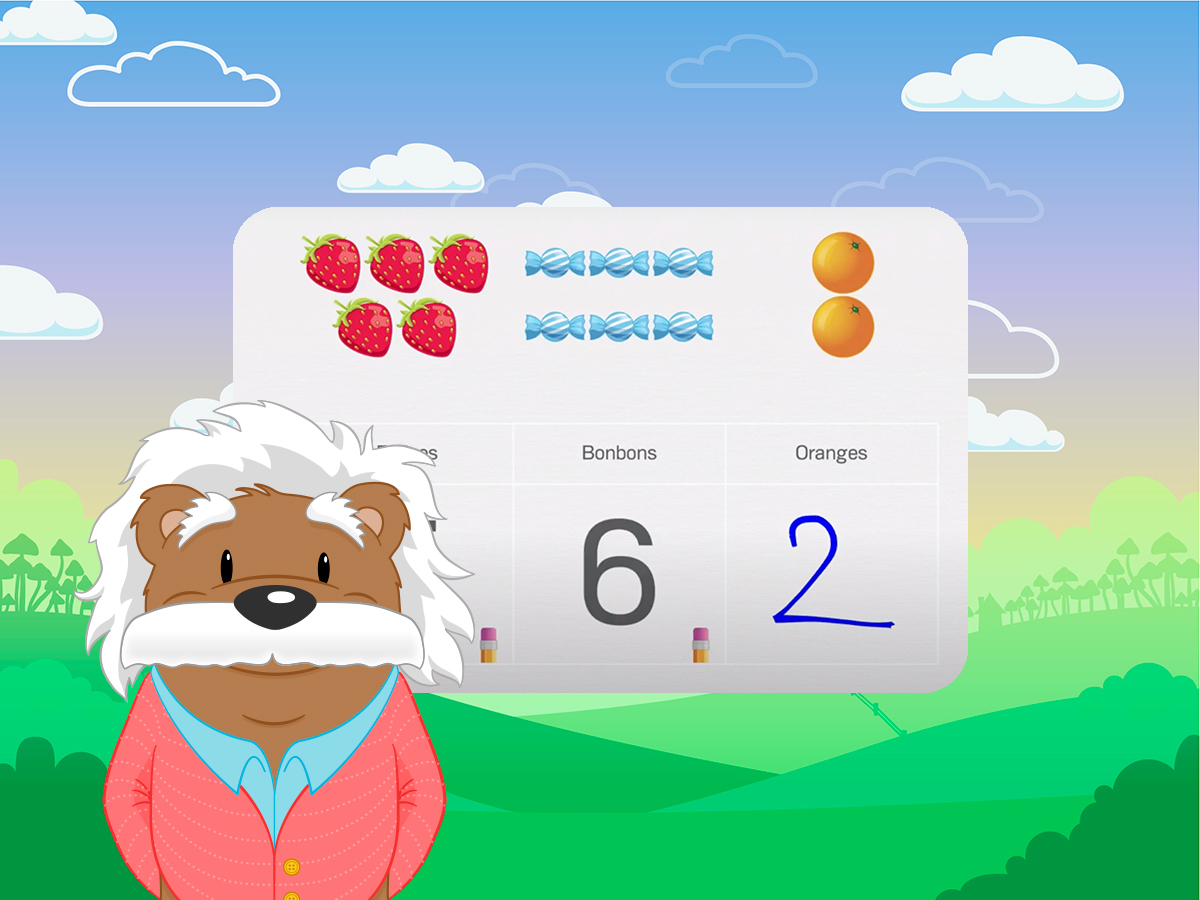
From numbers to quantity: building understanding
Understanding numbers isn’t just about reciting a sequence. It also means knowing that each number represents a specific quantity. When a child sees the digit 6, they should be able to relate it to a group of six objects. They should also recognize that 6 is more than 4, but less than 10.
This connection between symbols and quantities develops gradually through games, hands-on practice, and repeated activities. That’s why we offer exercises that link digits, images, and objects to deeply reinforce this understanding.
Learning to read, write, and use numbers
Children must gradually learn to read numbers, write them correctly, and use them in various contexts. This involves observing patterns in the number sequence, understanding tens and units, and recognizing simple numerical structures.
In grade 1 then grade 2, students discover that 23, for example, means 2 tens and 3 units. They learn to compose and decompose numbers, compare values, and start simple operations. All of this becomes easier thanks to our visual aids, guided worksheets, and level-appropriate exercises.
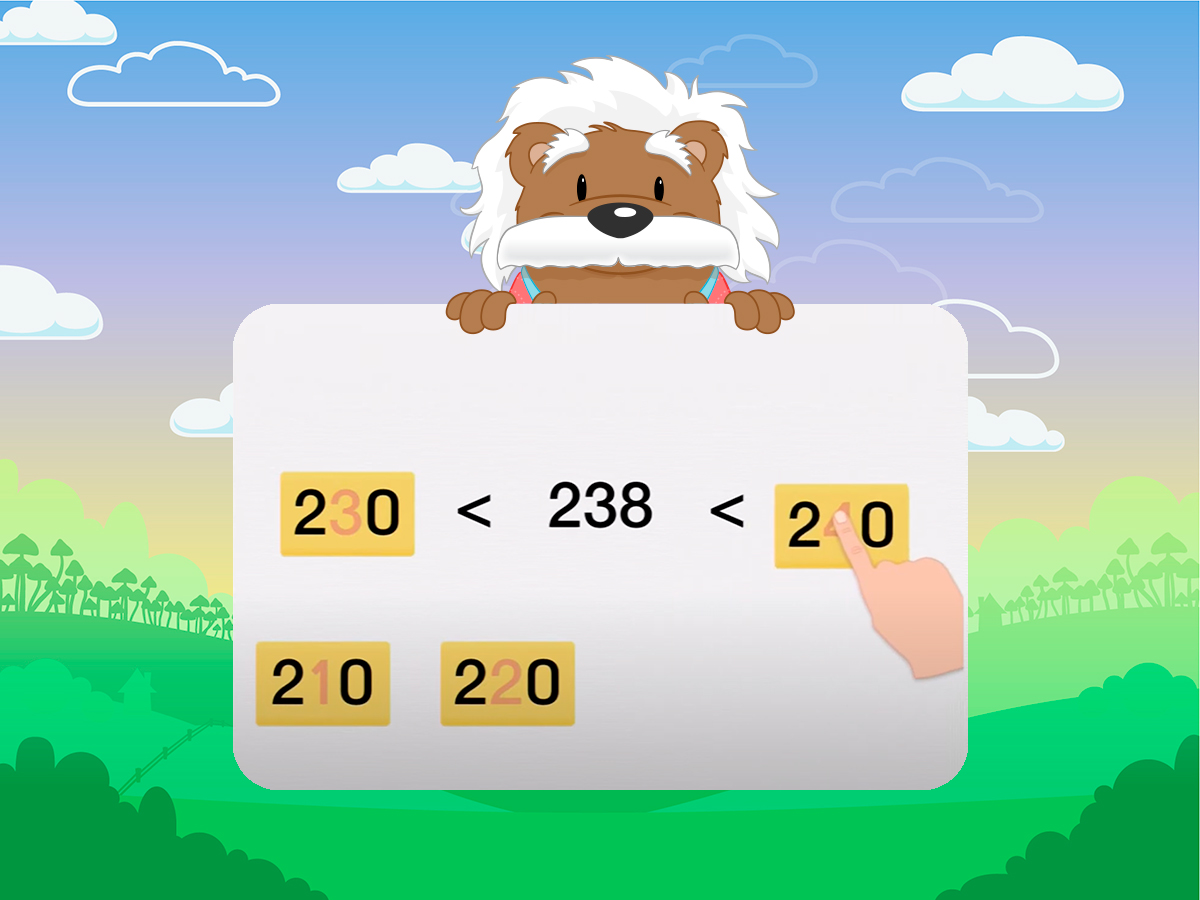
From whole numbers to the first large numbers
After working with the first numbers up to 10 or 20, students quickly move on to whole numbers up to 100, and beyond. They learn to name them, write them in words, organize them in tables, and locate them on number lines. These steps help them better structure their thinking and lay the foundation for mental math.
The exercises provided by myBlee Math follow this natural progression: identifying a missing number, completing a logical sequence, comparing two numbers, matching a number to a position. Children develop automatic skills while strengthening their understanding of numerical values.
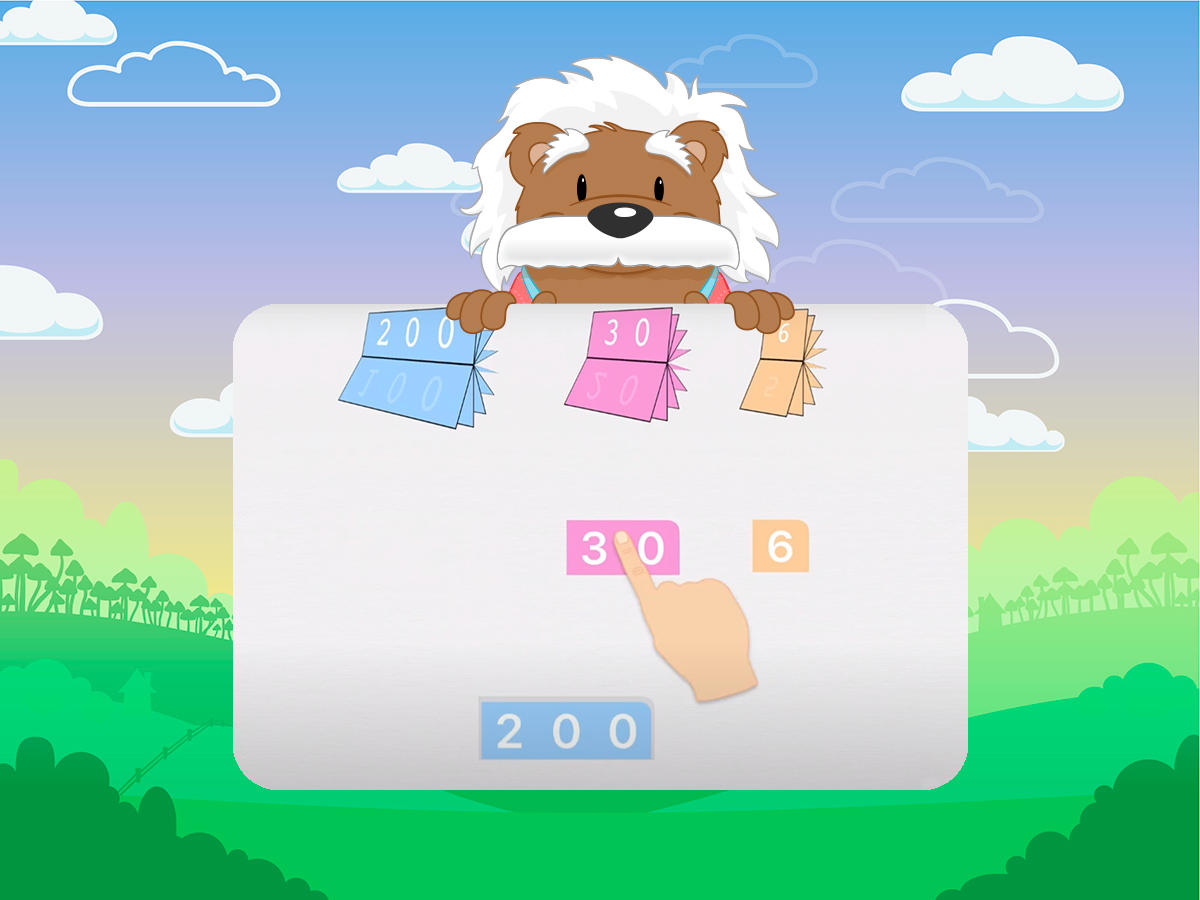
A fun and reassuring approach to learning numbers
Our goal is to make learning numbers enjoyable, concrete, and effective. That’s why all our materials combine visual clarity, simple explanations, and constant encouragement. Whether on paper or tablet, children progress in a positive environment, where every mistake becomes a learning opportunity.
Our worksheets are available for download for classroom or home use and can be printed freely. The app, on the other hand, offers learning paths organized by level, with voice-over guidance to help children understand and correct their mistakes.
Frequently asked questions about numbers
Children (and parents) often ask simple yet important questions about numbers. Here are some answers to better understand this fundamental concept.
What is the difference between digits and numbers?
A digit is a symbol. There are ten of them: 0, 1, 2, 3, 4, 5, 6, 7, 8, and 9. These digits are used to write numbers, which represent quantities. For example, 4 is both a digit and a number. But 23 is a number made of two digits: 2 and 3. In other words, digits are the building blocks, and numbers are the constructions.
What are numbers?
Numbers are used to represent quantities, to count, measure, and compare. They help answer how many, perform calculations, and structure mathematical thinking. In school, children start with whole numbers like 1, 2, 10, or 100. Later, they will explore decimal numbers, fractions, and even negative numbers.
What are the whole numbers from 1 to 100?
The whole numbers from 1 to 100 form a continuous sequence without gaps that children need to learn to recognize, recite, write, and use. This series helps develop many skills: knowing what comes before or after, identifying a number in a grid, spotting a ten or a unit. It’s a key step in mastering the basics of math.